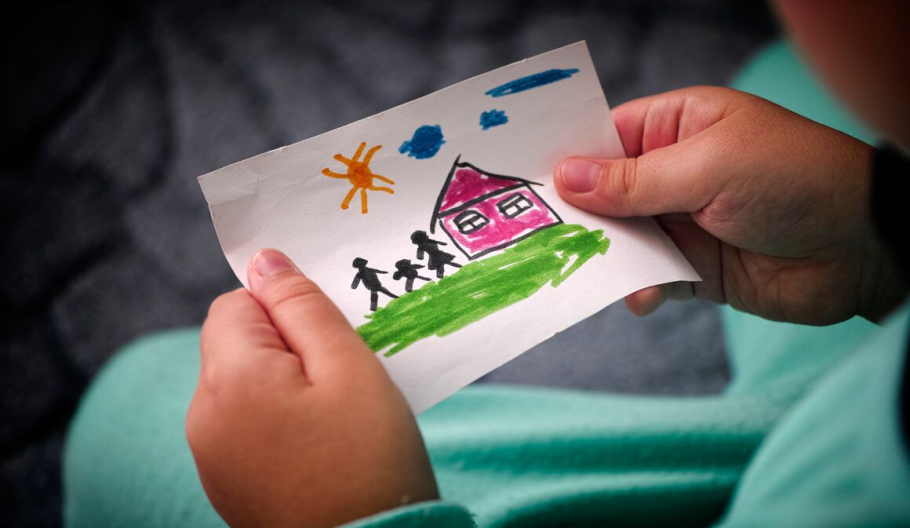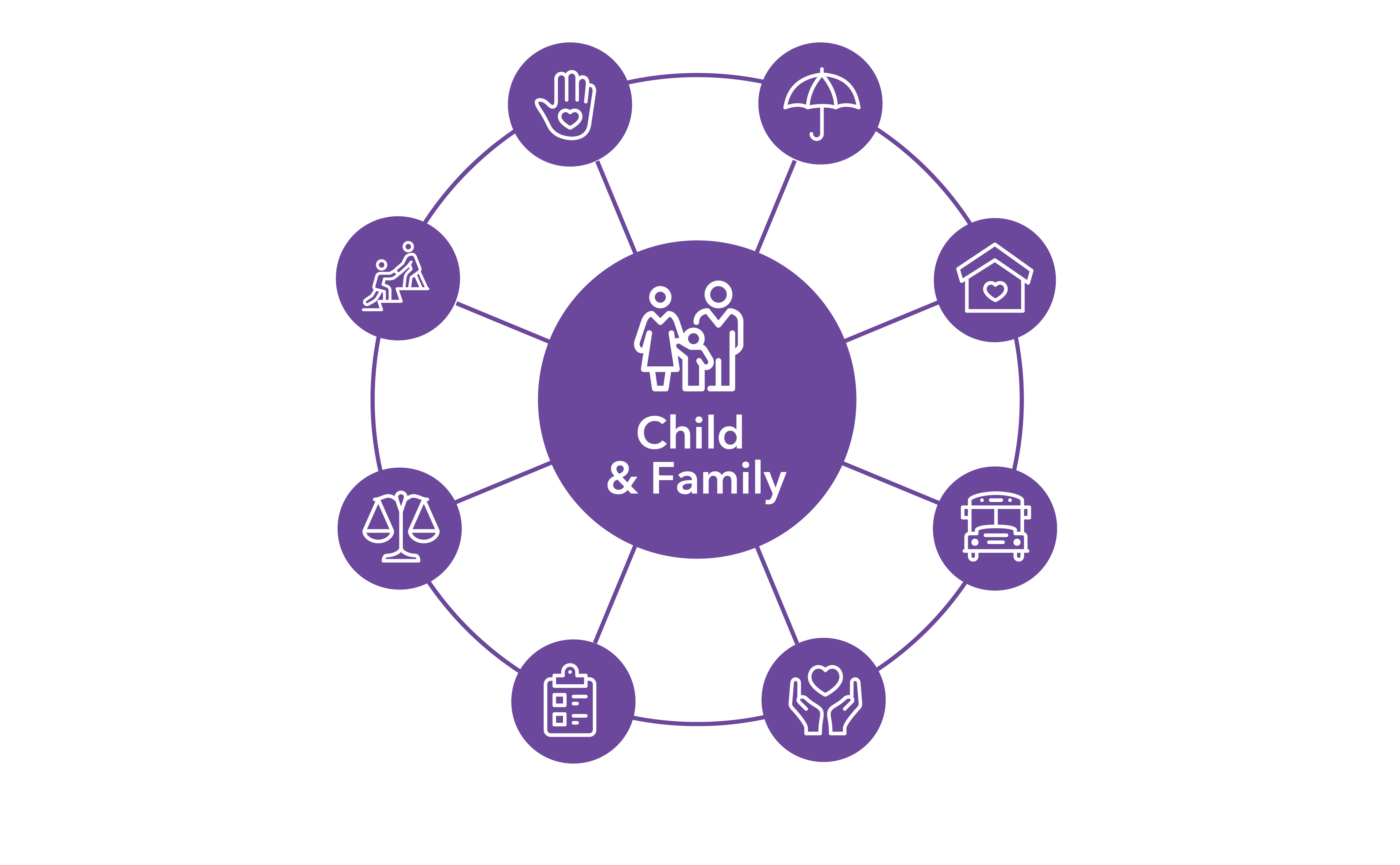Mental health among children and adolescents has long been a concern in the United States. However, the COVID-19 pandemic intensified social isolation, economic stress, and disruptions to everyday routines and support systems, all of which contributed to the increase in mental health issues among young people.
Data from the Centers for Disease Control and Prevention showed that the number of children and adolescents seeking emergency help for mental health issues rose by 20-30% in 2020.¹ Citing an uptick in ER visits and alarming upsurges in depression, anxiety, grief from the loss of a caregiver, and suicidality in K-12 populations, the American Academy of Pediatrics declared a state of emergency in children's mental health.²
While we are still uncovering the full, long-term impact of the pandemic, educators, parents, and therapists agree that the pandemic profoundly upended the mental health landscape for young people. Academic and social setbacks, grief, and financial insecurity all contributed to the increase in mental health issues during the pandemic — and unfortunately, too many kids fail to get help before their burden and unmet needs lead them to emergency circumstances.


